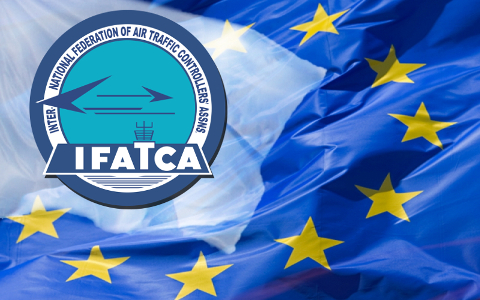IFATCA, with the close collaboration of GATCO, has published its position paper on the Single European Sky (SES) and Europe’s Performance Scheme for the Reference Period 3 (RP3), which covers the period 2020-2024. The main aim of the paper is to highlight the reasons why the ambitious targets of the SES will not be achieved by 2020. However, IFATCA does believe that a modern, state-of-the-art, innovatively driven, socially responsible and long term sustainable ATM service provision at an acceptable user cost is indeed possible.

The main objective of the SES is for the ATM system to achieve these high-level goals by 2020 relative to 2005: a threefold increase in capacity, to improve safety by a factor of 10, a 10% reduction in the effects flights have on the environment and to reduce the costs of ATM to the airspace user by at least 50%.
It is clear now that those ambitiuos goals will not be reached and, furthermore, a number of negative trends have been identified by IFATCA and its member associations, GATCO amongst them, during the current Performance Scheme period or RP2. The most relevant negative trends are: insufficient operational staff, increased bureaucratic burden, SESAR projects resulting in limited operational improvements, short-term focus and difficulties in adapting to changing traffic patterns. In order to redirect the SES project and correct those negative trends, IFATCA believes that the following is necessary:
- Realistic and achievable SES goals.
- A collaborative approach to achieving the goals.
- A reduction of the bureaucratic burden.
- Investment in operational staff to handle both the infrastructure transformation in ATM and the increase in traffic.
- A focus on technological projects that can bring capacity increase and a reduction in the overall number of projects.
Without paying attention to the action items identified above, the ATM system will not be able to increase performance in an acceptable way for all the stakeholders.
You can access the document here.
